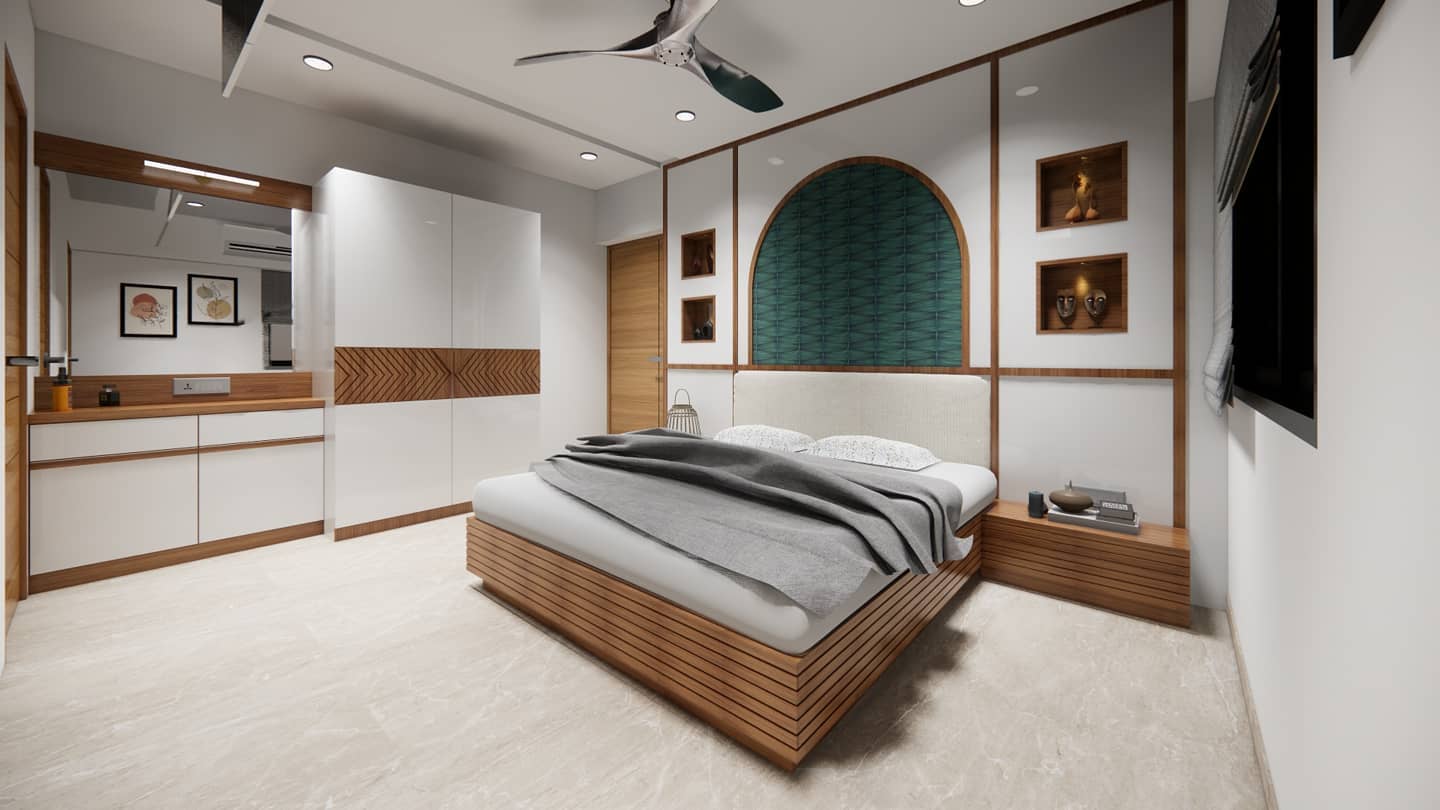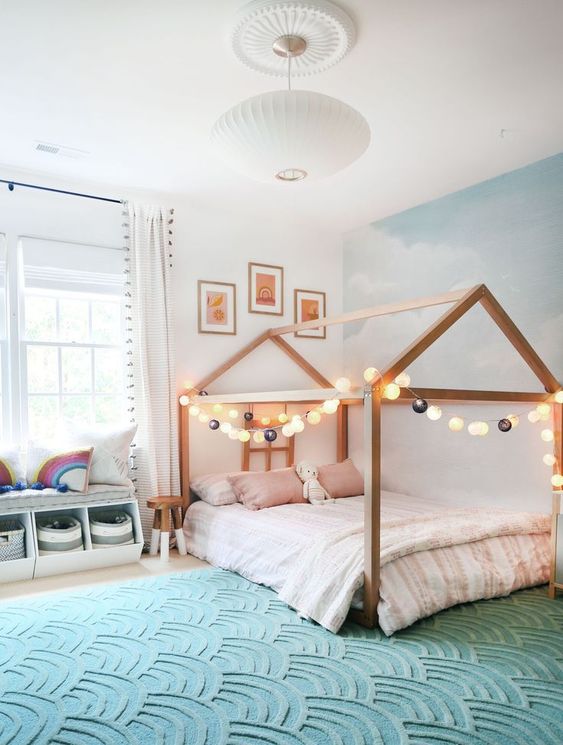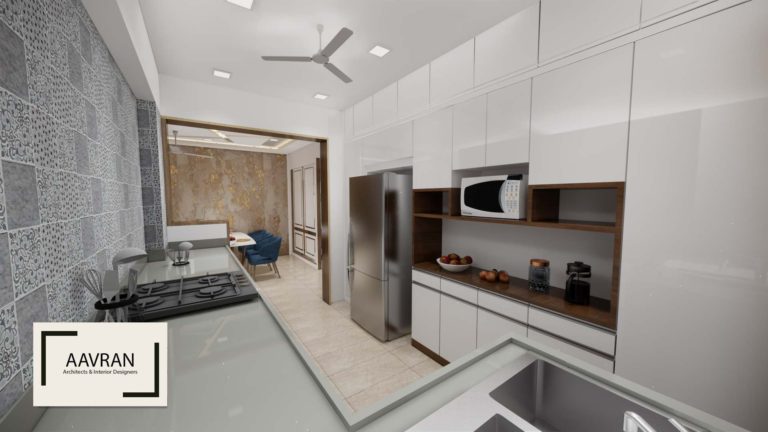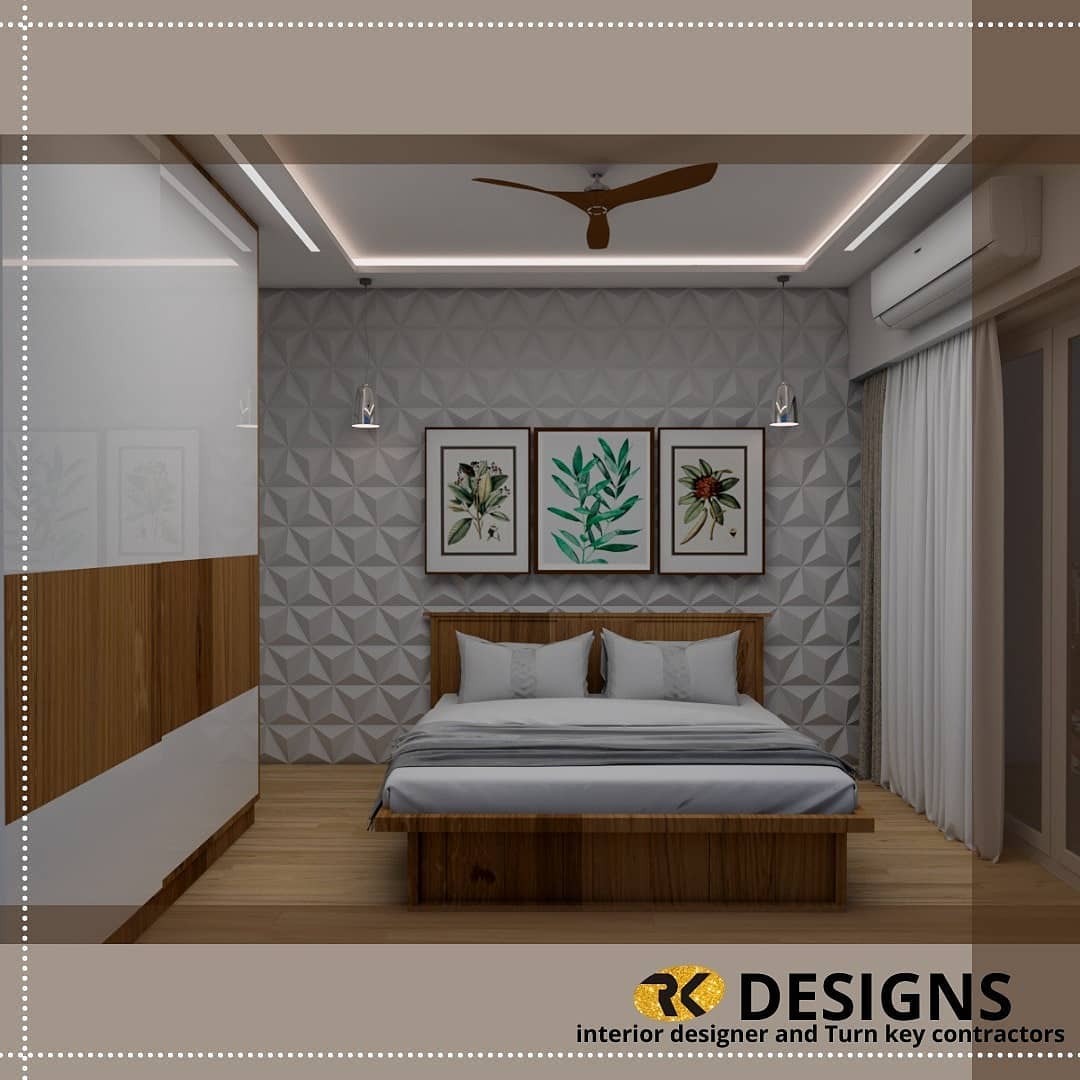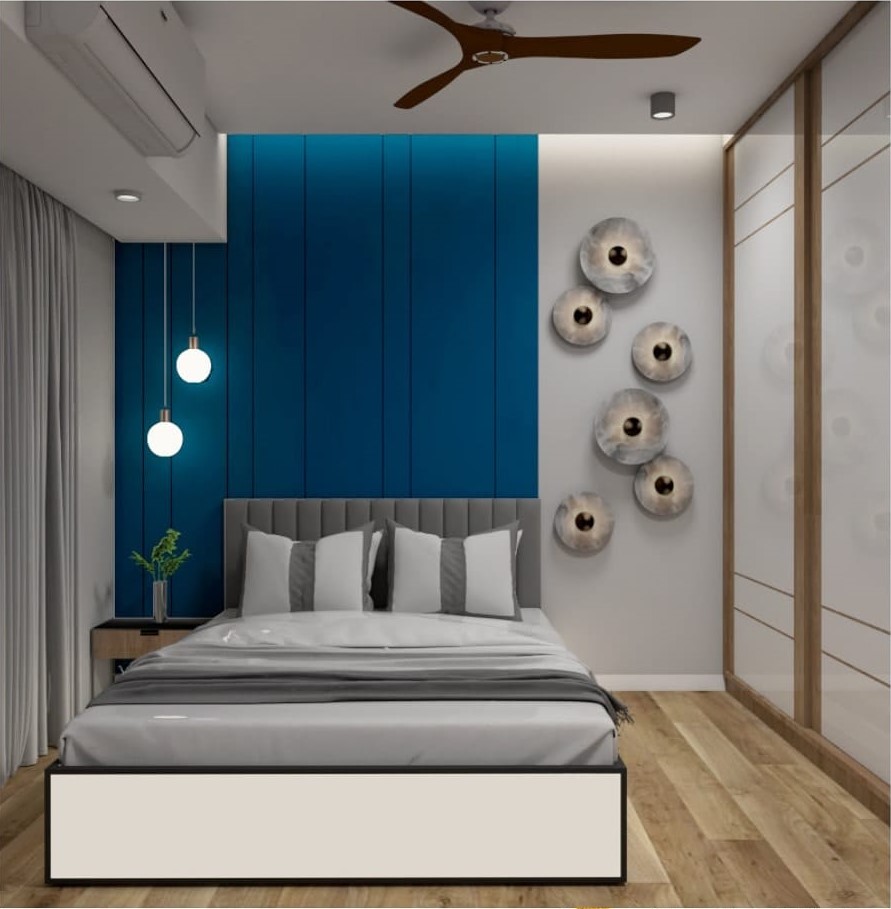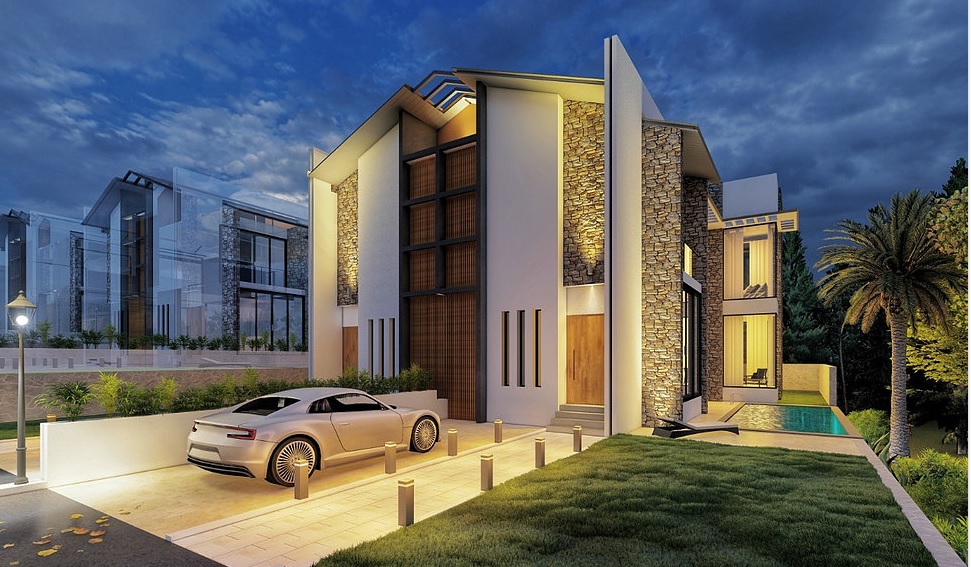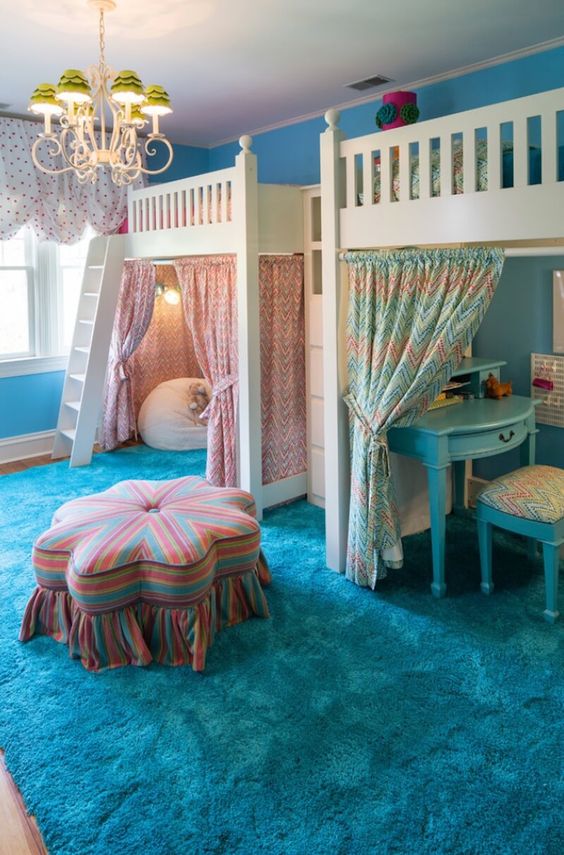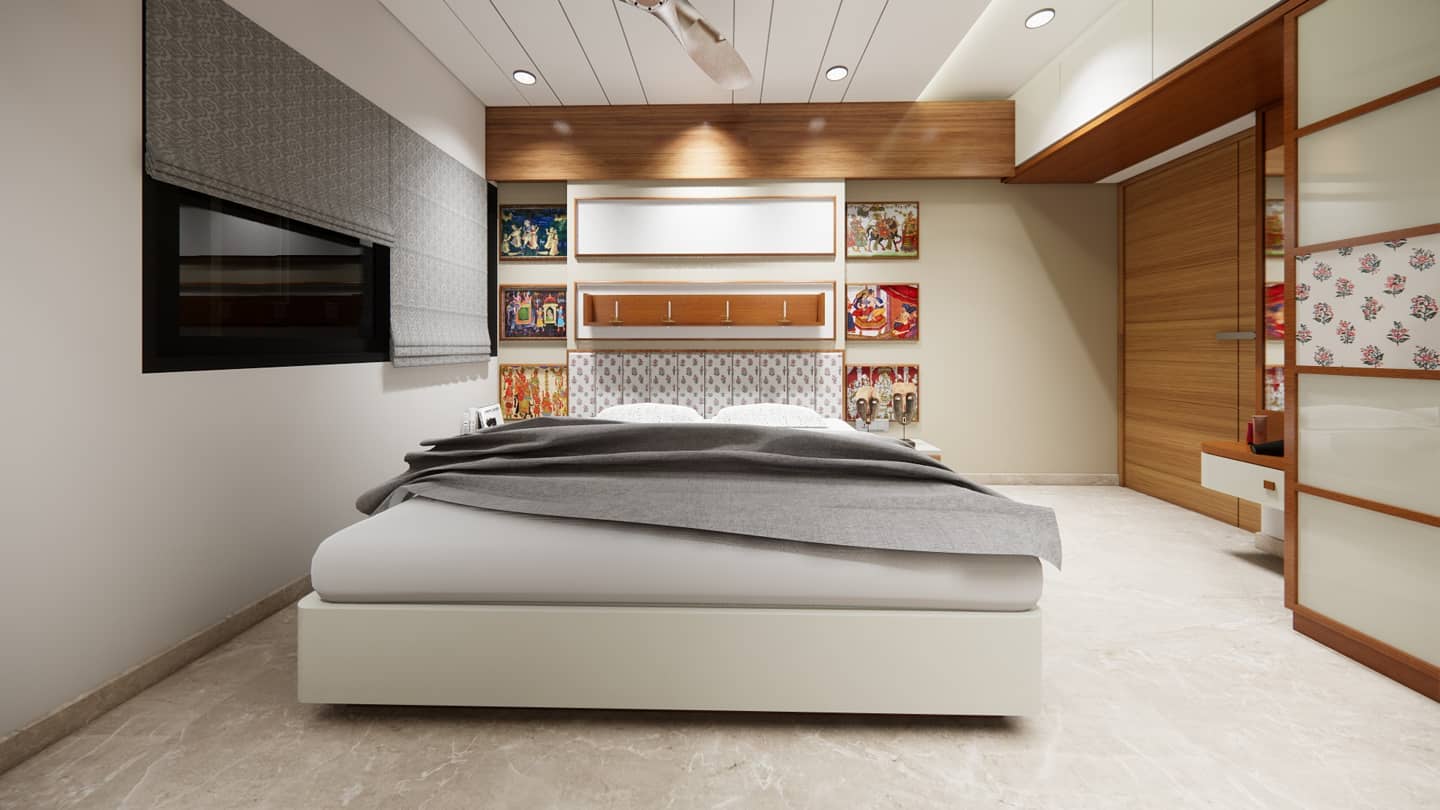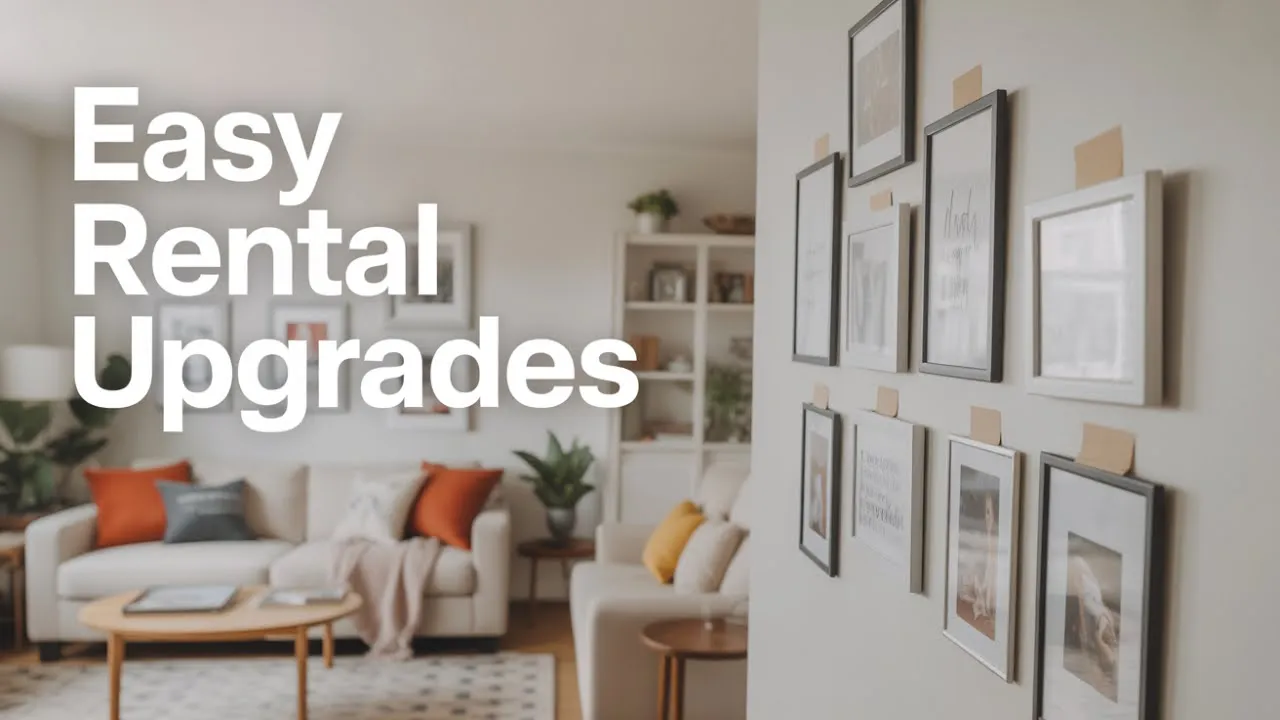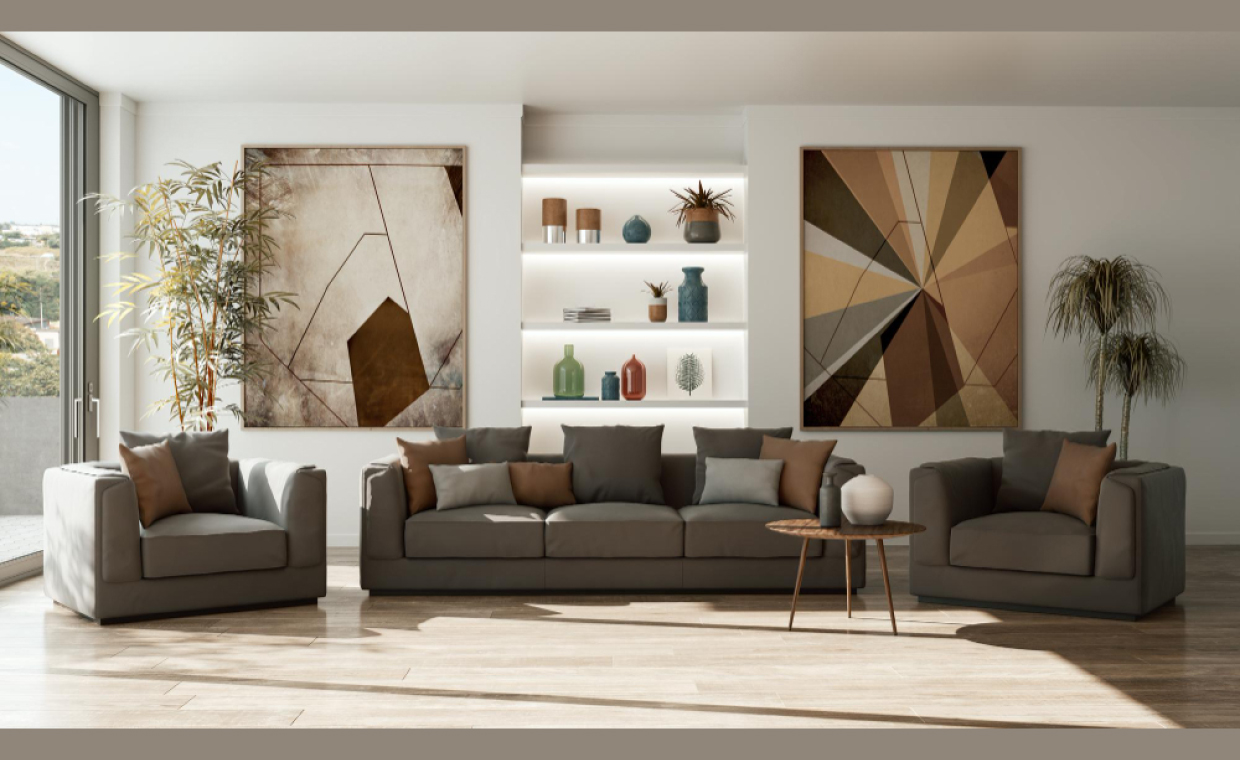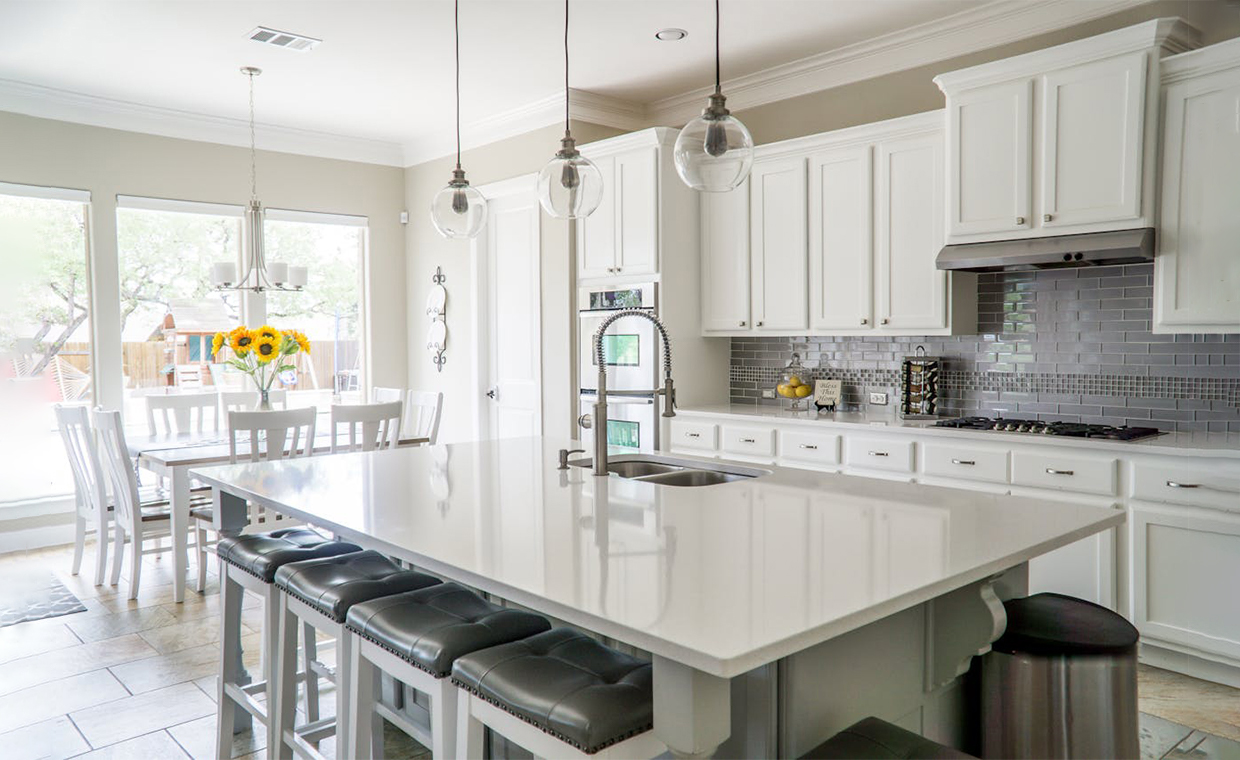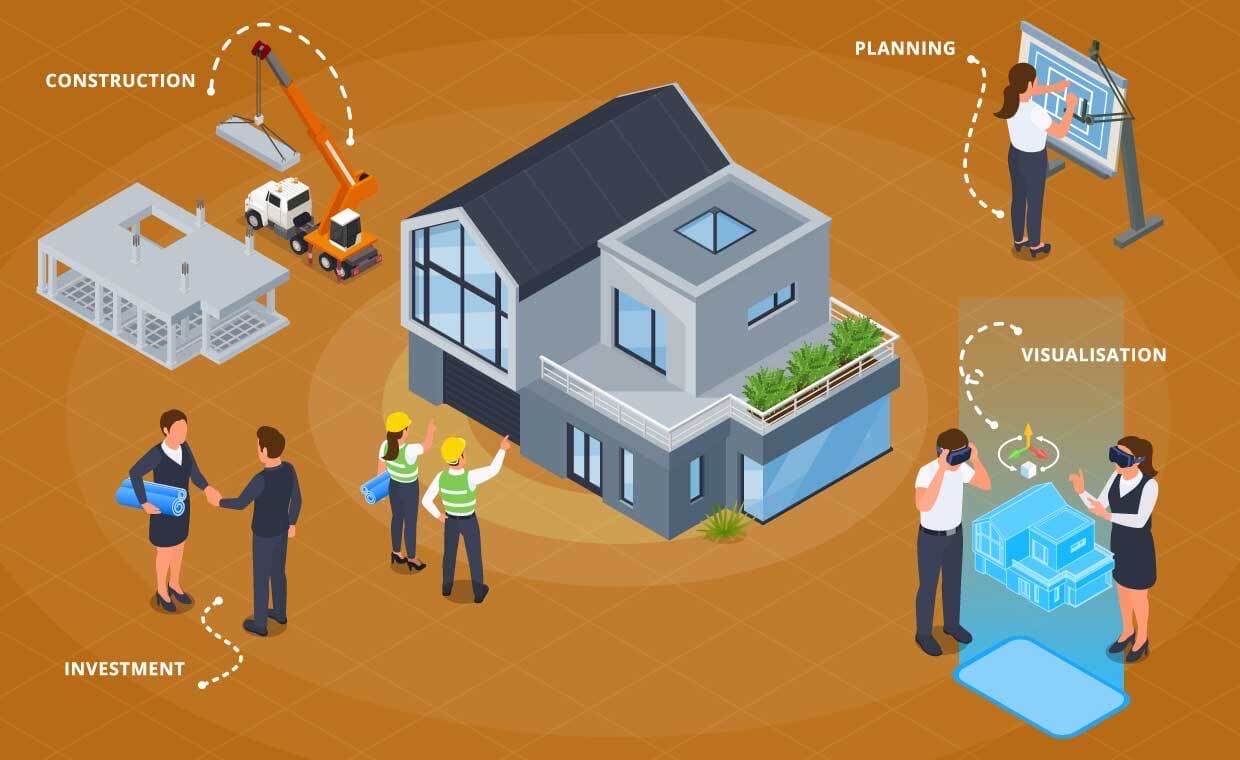
Table of Contents
Building a home from the ground up is a major life milestone. It’s both exciting and overwhelming. While TV shows may wrap it all up in 30 minutes, the real process takes months—sometimes years—and it’s full of decisions that impact not just your budget, but your quality of life for years to come.
Whether you’re dreaming of a quiet country cottage or a modern family home, here’s what it really takes to go from blank slate to front door.
Step 1: Start With a Clear Vision

Home building process starts with clarity and vision. Before you call a contractor or browse paint swatches, pause and think bigger. What do you want out of this home?
Is it a place to raise kids? A remote-work haven? An investment property? Your goals will influence everything from square footage to layout.
Create a list of must-haves and nice-to-haves. This becomes your filter when tough choices arise later.
Don’t rush this step. A solid vision about building a home saves time, money, and stress.
Step 2: Build the Right Team

Designing and building a home requires more than just hiring a general contractor. You’ll likely need:
- An architect or architectural designer
- A structural engineer
- A builder or general contractor
- Possibly an interior designer
Interview several candidates for each role. Check references. Review past work. Make sure they communicate clearly and listen to your ideas.
Your team doesn’t have to be the biggest—it just needs to be competent, transparent, and aligned with your vision.
Step 3: Secure Your Budget and Financing

You can’t build a dream on an empty wallet. Before breaking ground, get a realistic estimate of what your project will cost.
Factor in not just labor and materials but also permits, insurance, landscaping, and a contingency buffer (ideally 10–15%). Speak with your bank or a mortgage broker about construction loans or owner-builder loans.
Remember: running out of money halfway through a project is far more stressful than compromising on granite countertops.
For a rough idea of building costs in your area, check resources like HomeAdvisor’s cost guide, which aggregates data from actual homeowners and contractors.
Step 4: Design for How You Actually Live

It’s easy to fall for architectural trends. But timeless homes are functional, not just stylish.
Think about how you move through your day. Do you need a mudroom? Is an open kitchen essential? Would custom decks give you the outdoor space you’ve always wanted?
Tailor your home to your lifestyle. A family with toddlers has different needs than a couple planning for retirement. Built-in flexibility—like bonus rooms or adaptable storage—can keep your home working for you as your life changes.
Step 5: Choose Materials With Purpose

Materials matter in building a home. Not just for looks, but for durability, maintenance, and comfort.
Opt for high-performance windows if you’re in a cold climate. Consider fiber cement siding if fire resistance is a concern. Use hardwood flooring where it matters and engineered options where it doesn’t.
Green building materials, while sometimes more expensive upfront, can reduce energy bills long-term and often qualify for rebates.
Your builder can guide you through the pros and cons of various options—but ultimately, your choices should reflect how you want to live and what you’re willing to maintain.
Step 6: Navigate Permits and Inspections

Building codes exist for good reason—safety. But navigating them can be a chore.
Your contractor or architect will usually handle most of the permitting process, but you should still stay informed. Delays often occur when permits are incomplete or when inspections fail.
Local building departments vary widely in responsiveness. So, take all the necessary permits well in advance to avoid any delay in the construction process.
For safer side file all the documents and permit in one file and keep them handy.
Step 7: Delays are Inevitable So be Prepared

Even the best-planned builds face unexpected delays. Weather, it is material shortages, or absence of labor, it can put you behind your schedule.
Stay flexible. Expect that timelines will shift and budgets may stretch. That doesn’t mean something’s gone wrong—it just means you’re building a house in the real world.
Weekly check-ins with your contractor can prevent small issues from snowballing into costly setbacks. Ask questions, request photos, and walk the site if possible.
Communication is your greatest tool in home building process.
Step 8: Final Walkthrough and Move-In

Before you get the keys, you’ll do a final walkthrough—often called a punch list—with your builder. This is your chance to spot missed details: chipped paint, sticky doors, or missing fixtures.
Be thorough. Take your time. This is your home, and you have every right to make sure it’s been built to spec.
Once you sign off and everything checks out, it’s time to move in and enjoy the reward of your planning, effort, and patience.
Conclusion: Build With Confidence, Not Confusion
Designing and building your own home isn’t just about square footage or style. It’s about building a space that works for you—and reflects your priorities, not someone else’s idea of perfection.
The road from blueprint to welcome mat is long. But with the right vision, a solid team, and steady communication, you can get there with fewer surprises and more satisfaction.
Take it step by step, keep your end goal in focus, and never hesitate to ask for help when the path gets murky.
A dream home is built twice—first in your mind, then with your hands. Make both versions count.
Also Read: 3 Common Challenges in Home Building and How to Overcome Them




